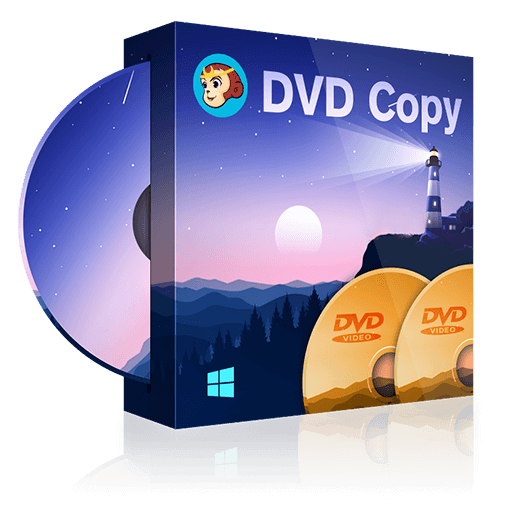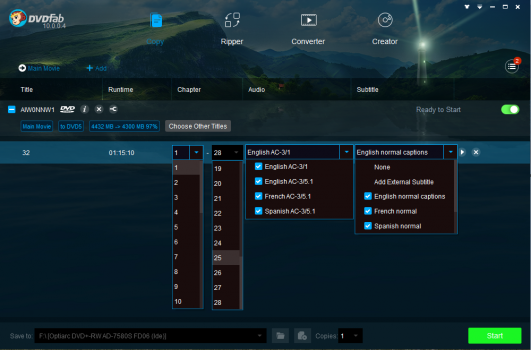
Handbrake: container_name: handbrake image: jlesage/handbrake:latest build. ports: - 6100:5800 environment: - USER_ID=1000 - GROUP_ID=1000 - UMASK=022 - AMC_ACTION=copy - AMC_MATCH_MODE=opportunistic - AMC_MUSIC_FORMAT= - AMC_INPUT_DIR=/watch/auto - AMC_OUTPUT_DIR=/output/complete - AMC_INTERVAL=10 - AMC_INPUT_STABLE_TIME=10 - AMC_CONFLICT=auto - TZ=America/New_York volumes: - /Tank1/appdata/filebot:/config - /Tank1/appdata/filebot:/storage - /Tank1/filebot/watch:/watch:rw - /Tank1/filebot/output:/output:rw restart: unless-stopped Services: filebot: container_name: filebot image: jlesage/filebot:latest build. The handbrake ones are too long for redit formatingĮverything after this is your stack example…….

This will need some format editing in portainer stack but it’s 99% there if you name your volume Tank1 Or if you look through this and replace Tank1 with your volume name of choice.Įach variable under environment should look like this This will cut down on encoding extras you don’t need.

You will have to copy paste the specific video file from the makemkv output to handbrake input. In this stack, I made it not move from auto rip to encode. It is great for looking up stuff manually. Save it named plex, and that will be what is automatically used for auto encodes.įilebot is an awesome web GUI file naming software that will need a paid key to unlock, it’s use can be made automatic but you don’t get much out of it when the file is named DVD_VIDEO.

Handbrake will have a web GUI that you can crate an encode profile. MakeMkV needs to be ran in privileged mode because I couldn’t figure out how to assign the drives to a docker container. jlesage/handbrake jlesage/filebotĪll three containers have a webgui you can use just as a program on you computer and you can make changes to the setup from there. Yes, I have a pc with three br drives that can crunch movies out.


 0 kommentar(er)
0 kommentar(er)
